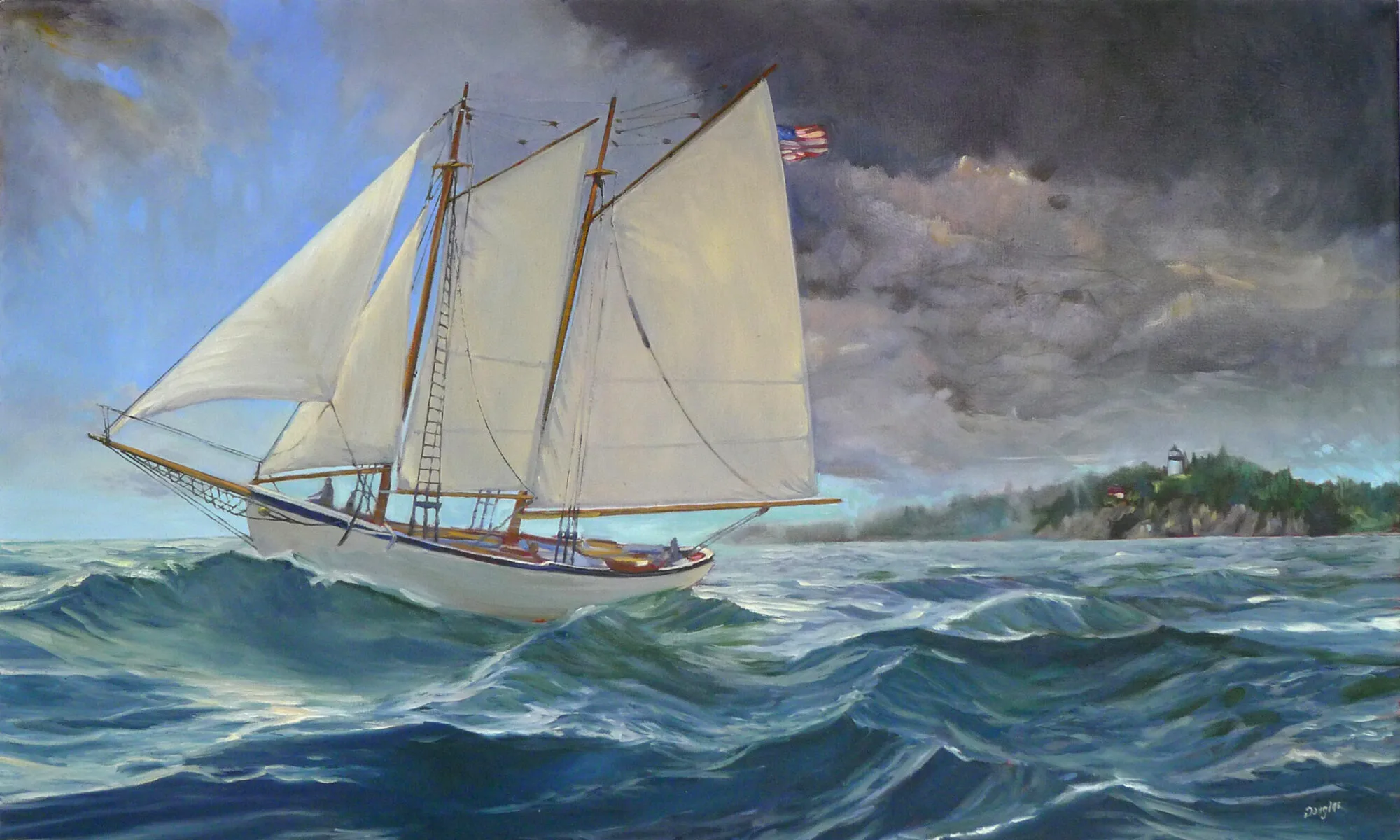Recently one of my kids asked me why I had her baptized as an infant. I answered her from an Anglo-Catholic perspective, citing the practice among early Christians and references in Acts 16 and 1 Corinthians. I added the medieval argument that, while babies don’t consent to baptism, they hardly consent to Original Sin either.
This question of infant baptism is the reason we have Baptists in the first place. They, along with their Anabaptist brethren, believe that baptism only counts along with a confession of faith. My favorite Baptist is a self-described ‘hedge preacher,’ Pastor John Nicholson of Siloam Baptist Church in Marion, AL. Knowing him convinced this Yankee that everything I thought I knew about Southern Baptists was probably wrong.
John challenged me to show him where in Scripture infant baptism was justified. I challenged him to show me where it was prohibited. Is baptism a statement of faith (as Baptists believe) or a sign of grace (as Anglo-Catholics believe)? John pointed out that Jesus was baptized as an adult; I pointed out that baptism is “the circumcision of the heart.” He pointed out that Peter said, “Repent and be baptized…”
And then one of us mentioned pictures. We both love art. Usually I answer almost every historical question not by citing literature but by looking at the art. But on the subject of infant baptism, the visual record is strangely mum.
The oldest painted baptism image I know of is from the third century, from the Catacomb of Callixtus in Rome. Whatever its virtues when it was new, it’s now not much more than a smudge. The uninitiated might think that the smaller figure is a child, but it is probably Christ, as evidenced by the flying shape—most likely a dove—to the right. The figure on the left is probably a personification of the River Jordan, a charmingly pagan symbol painted into this secret Christian artwork.

Detail of Christ as the Good Shepherd (left) and the Baptism of Christ (right), Santa Maria Antiqua Sarcophagus, 3rd century, Church of Santa Maria Antiqua, Rome.
It makes sense that Christ’s baptism would be more important for artists than the baptism of unknown people, infant or otherwise. Why baptism was associated with sarcophagi is less clear, but there are more (and better preserved) examples of third-century sarcophagi with baptism imagery than there are paintings.
It was not until the Middle Ages, when the Seven Sacraments were first enumerated, that infant baptism—or indeed the baptism of anyone but Jesus—became a subject for painting. By that point, the Church’s position on infant baptism was well established, so such paintings tell us exactly nothing.
John had the last word on the subject, from Augustine of Hippo: “In essentials, unity; in non-essentials, liberty; in all things, love.” If only all contentious discussions ended that way!







































